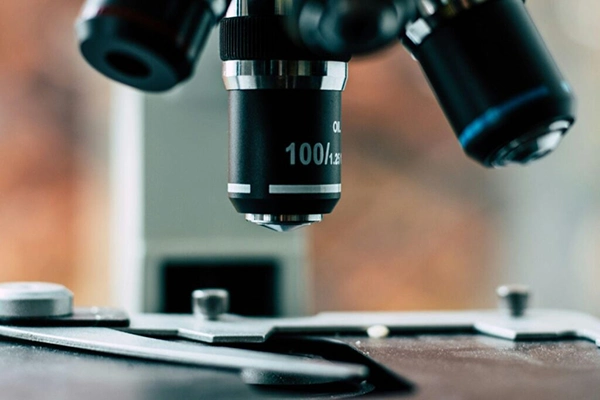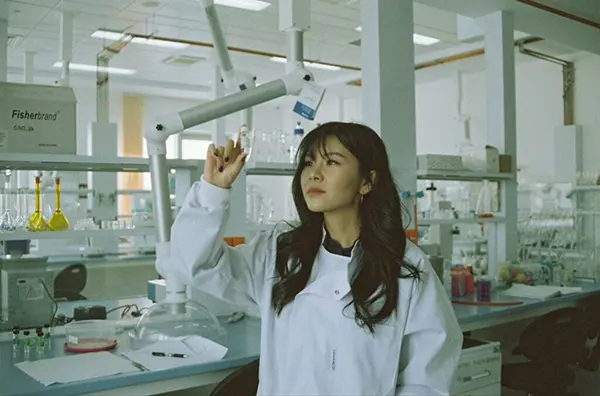The Role of Technology in Modern Scientific Labs

When you step into a modern science lab, you will notice a comforting buzz. It is due to the incorporation of technology that evolves beyond just task automation.
Research laboratories now have effective tools to speed up discoveries and reveal secrets that were once considered impossible to solve. Hold on! Are you still unable to understand the role of tech in a science lab?
It is not insignificant; technology is everywhere, be it in business or a research center. Technology enhances researchers’ abilities, enabling them to explore more deeply, analyze more quickly, and imagine greater possibilities.
Let’s uncover everything with me, in this article, on how the lab workspace has transformed into a center of technology.
Seeing in Stunning Detail
Some questions will require incredible clarity. Scientists need to look very closely within a living cell. They must track distinctive proteins. Standard microscopes cannot do this. Their view is blurry and crowded. This is where advanced optics transform the game. Modern confocal imaging systems provide a spectacular solution.
They use lasers and delicate filters. They build images slice by slice. The result is a breathtaking 3D picture. Researchers can watch biological processes in real time. This is like switching from a sketch to a high-definition movie.
The Automation Advantage
Repetitive tasks drain creativity. Pipetting thousands of samples is painful work. It is also prone to human error. Technology tackles this challenge head-on. Robotic arms now control these jobs. They work literally around the clock. They never get tired. Not only that, but they never make a careless mistake.
This automation frees up scientists. They can focus on the research design and data interpretation. Their intellectual dedication goes further. The robot copes with the monotony.
Data: The New Discovery Engine
Experiments now generate unbelievable amounts of information. We are presently talking about terabytes of data. The human brain can never process this deluge. This is where computational power enters the scene.
Sophisticated algorithms go through the numbers. They find delicate patterns. They detect hidden correlations. A computer might analyze a million cell pictures overnight. It would take a person a lifetime. Technology turns incomplete data into genuine insight.
Connecting a Global Community
The invention is no longer isolated. A scientist in New York can share results immediately with a colleague in Beijing. Cloud platforms store huge datasets. Colleagues can work together on the same digital project.
They can analyze the same findings simultaneously. This global network accelerates development. It breaks through geographical barriers. It creates a true hive mind for addressing the world’s biggest challenges.
Simulating the Impossible
Some experiments are too hazardous. Others are too expensive. Some are fundamentally unethical to perform. Computational modeling provides a way out. Researchers can constitute digital twins of biological systems.
They can simulate the adverse consequences of a new drug. They can model the transmission of a virus. These virtual experiments offer critical insights. They guide real-world research. They save massive amounts of time and resources.
Democratizing Discovery
Powerful technology was formerly exclusive. Only well-funded institutions probably can handle it. This is growing rapidly. Cloud-based software guarantees access to supercomputing power. Startups can now analyze data just like a giant pharmaceutical company.
Open-source tools level the competitive field. A brilliant proposal can come from anywhere. Now, the tools to enhance it are available everywhere. This democratization fuels a fresh wave of innovation.

The Human-Tech Partnership
The goal is not to get rid of scientists. The primary objective is to empower them. Technology handles the heavy lifting of data generation and processing. The researcher shares the curiosity. They give you the intuition. They ask the next great question.
This partnership is the true center of modern science. It combines the best of human creativity with the extraordinary power of machines. Together, they are pushing the perimeters of knowledge faster than ever before.
Bottom Line
The modern lab is a combination of human intellect and technological precision. This powerful combination is our most precious asset. It is helping us develop new medical treatments. It is helping us understand our planet. Not only that, but it is solving puzzles that have baffled humanity for generations.
The future of science is bright and incredibly smart. This is not the end of the story; the next wave of technology is already arriving. Artificial intelligence will move from analyzing data to conducting experiments. Augmented reality will program digital information onto physical samples.
These tools will further redefine the line between the digital and biological worlds. Our capacity for discovery is ascending exponentially. It is fueled by this relentless, creative working relationship. Scientists will continue to ask profound questions.
Their technological partners will give them the means to find the answers. This collaborative journey promises a more sustainable, healthier, and profoundly better future for everyone.
Ans: Improved accuracy, increased speed, and enhanced data management are some benefits.
Ans: Artificial intelligence and machine learning are changing the way of research.
Ans: No. Scientists are an irreplaceable part of a modern lab.
Ans: Technology streamlines remote collaborations so that scientists from different nations can share their knowledge.
